Satyajit Das
The economic fate of the world is now inextricably linked to China. While China's growth is important, its drivers are frequently misunderstood and poorly analysed. The ability of China to support the seriously compromised global economic and financial system is overestimated.
China's recovery from the initial effects of the financial crisis was no miracle. Taking advantage of a centrally controlled command economy, Beijing boosted output through government spending and directed bank lending to maintain growth.
According to the World Bank, almost all of China's growth since 2008 has come from "government-influenced expenditure".
...
Is China stuck in a Catch-22 like situation?
Photographs: David Gray/Reuters
A significant part of China's growth has been an illusion. China's headline growth of eight to 10 per cent has been driven by new lending averaging around 30 to 40 per cent of GDP. Given that, up to 25 per cent of these loans may prove to be non-performing, amounting to losses of six to 10 per cent of GDP. If these losses are deducted, then Chinese growth is much lower.
Unfortunately, China now faces significant problems in maintaining its high-growth strategy, especially given the weakness in its major export markets. As early as 2009, Premier Wen Jiabao admitted that the "stabilisation and recovery of the Chinese economy are not yet steady, solid and balanced".
China needs to boost domestic consumption. The world hopes that China can become a significant source of global demand, replacing the US as the world's consumer of last resort.
...
Is China stuck in a Catch-22 like situation?
Photographs: Reuters
Consumption totals 35 to 40 per cent of China's GDP, a decrease from over 50 per cent in 1980. Even by the thrifty standards of Asia, Chinese consumption is low. Japan, India, Taiwan and Thailand are at 55 to 60 per cent, while South Korea and Malaysia are 45 to 50 per cent.
American consumption is around 65 to 70 per cent of GDP. In contrast, Chinese fixed investment is around 46 per cent of GDP, an increase of 12 per cent over the last decade.
At a comparable stage of economic development, fixed investment in Japan and South Korea was 10 to 20 per cent of GDP lower than China.
...
Is China stuck in a Catch-22 like situation?
Photographs: Reuters
China's consumption has grown at around eight per cent per annum over the last decade but growth in consumer spending has been slower than that of the overall economy. One factor has been an underdeveloped social welfare system.
Almost a decade ago, Chinese workers lost their state-provided health care and education -- "the iron rice bowl" that guaranteed job security, steady income and benefits. Another factor is the falling share of national household income (wages and investment income). In contrast, corporate earnings have risen, faster than wages.
Higher savings and lower consumption have been encouraged by an inefficient banking system, low interest rates, limited access to individual credit and limited investment products. China's saving rates have increased to 24 per cent of income from a low of 12 to 15 per cent around 20 years ago.
...
Is China stuck in a Catch-22 like situation?
Photographs: Reuters
In general, in developed economies, nominal interest rates approximate nominal growth in GDP, ensuring that savers earn a fair share of growth. Over the past decade, nominal lending rates in China have been about six per cent, well below nominal GDP growth rates of 14 per cent.
Assuming that Chinese interest rates have averaged four to six per cent below the required rate, this equates to a net transfer from savers to the rest of the economy of around five per cent of GDP each year.
This transfer keeps China's cost of capital low, facilitating its investment strategy as well as helping cover the non-performing loans made by banks.
...
Is China stuck in a Catch-22 like situation?
Photographs: Reuters
The level of consumption growth needed to rebalance China is large because of its low existing consumption base. Assuming a growth rate of eight per cent and consumption increases of 11 per cent, it would take around five years to increase consumption to 40 per cent of GDP. If growth slows, then the difficulty of the task increases.
Increasing consumption at the required rate needs an increase in household income, reduced savings or a combination. It needs a rapid increase in wage levels and employment levels. It requires reform of the welfare system, especially health, education and pensions.
It requires changes in the banking system, especially the process of allocating credit and higher interest rate levels, which would boost incomes and increase the cost to businesses.
...
Is China stuck in a Catch-22 like situation?
Photographs: Petar Kujundzic/Reuters
It requires changes in regulations that currently favour excessive investment in manufacturing, including reduction in subsidies for certain industrial inputs. It requires land reform and changes in the mobility of the labour force.
The changes necessary are political and social as much as economic. Chinese leaders are conscious that the policy shifts may strengthen demands for greater democracy, weakening the rule of the Communist Party. As a result, these required reforms have barely commenced.
More importantly, the switch to consumption would limit one of Beijing's favoured means of controlling the economy.
...
Is China stuck in a Catch-22 like situation?
Photographs: Reuters
Greater consumption will reduce the large pool of cheap savings in state-controlled banks available to the Chinese government to boost economic activity through directed lending to strategic projects.
In the short run, any reduction in this saving pool is especially a problem, as savings are needed to cover up bad loans from the recent lending binge that has underpinned growth.
Yet a rebalancing between investment and consumption is essential if China is to create more sustainable growth. It may be a case of Chinese Catch-22.
Satyajit Das is the author of Extreme Money: The Masters of the Universe and the Cult of Risk.

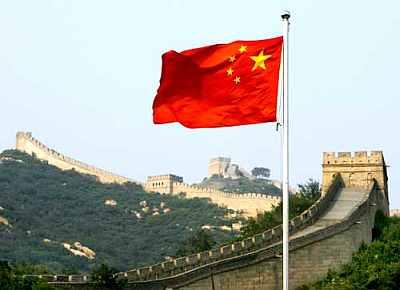
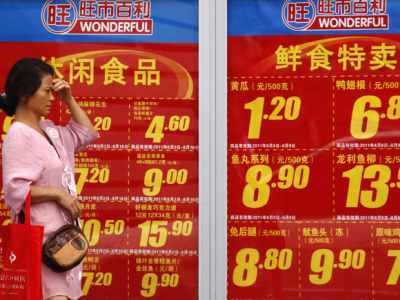

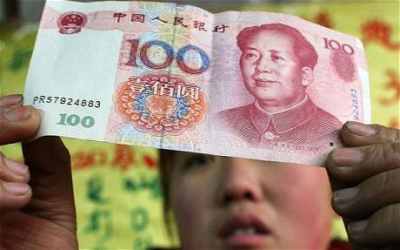

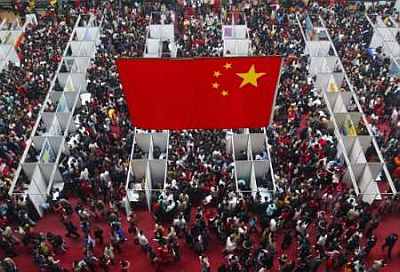
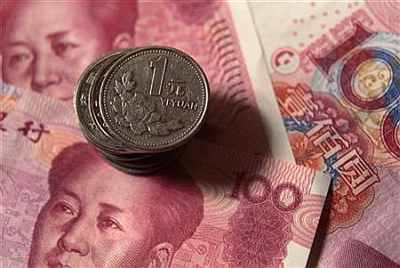
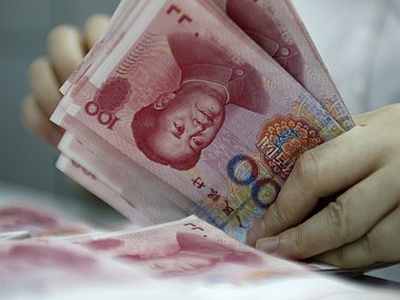

article